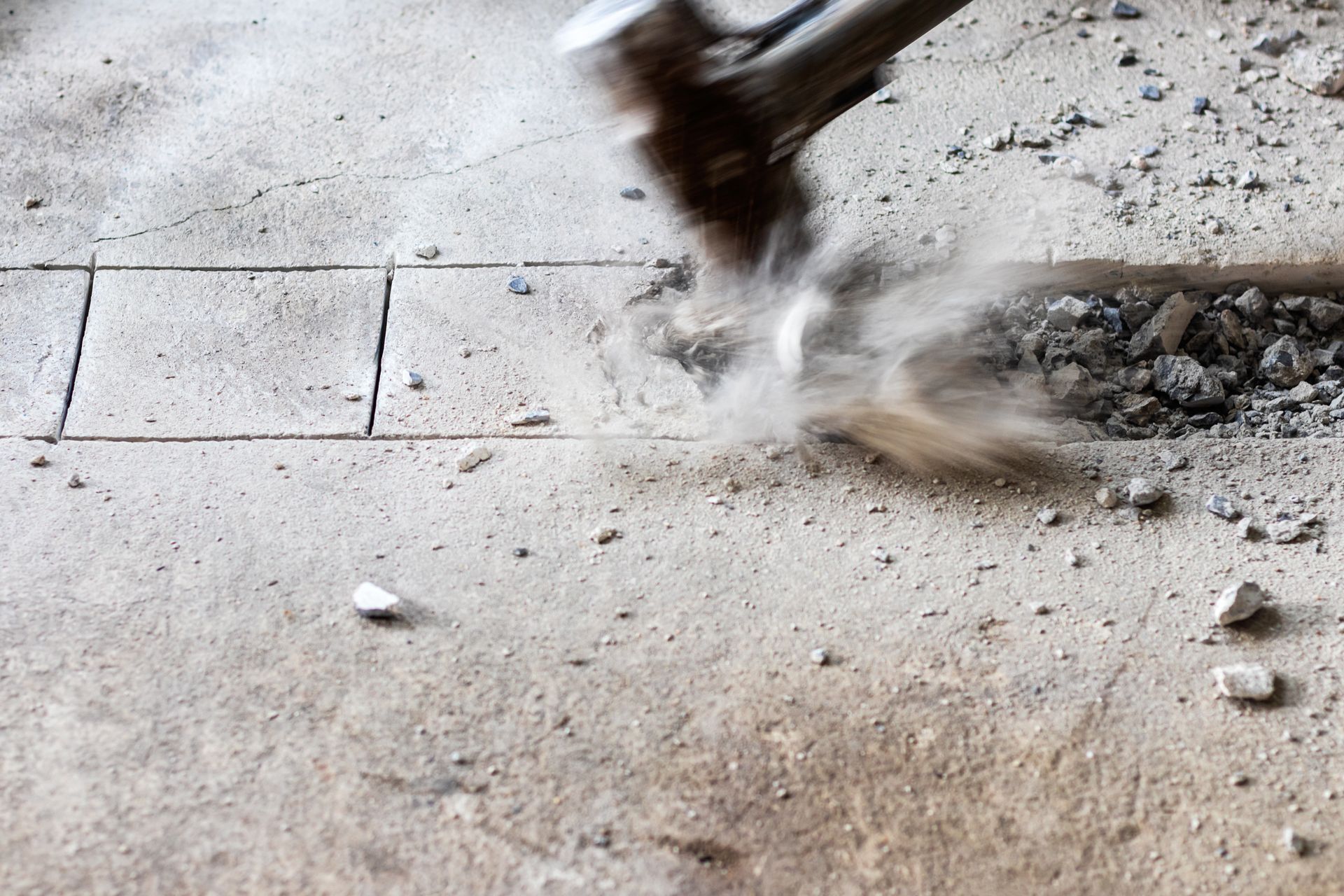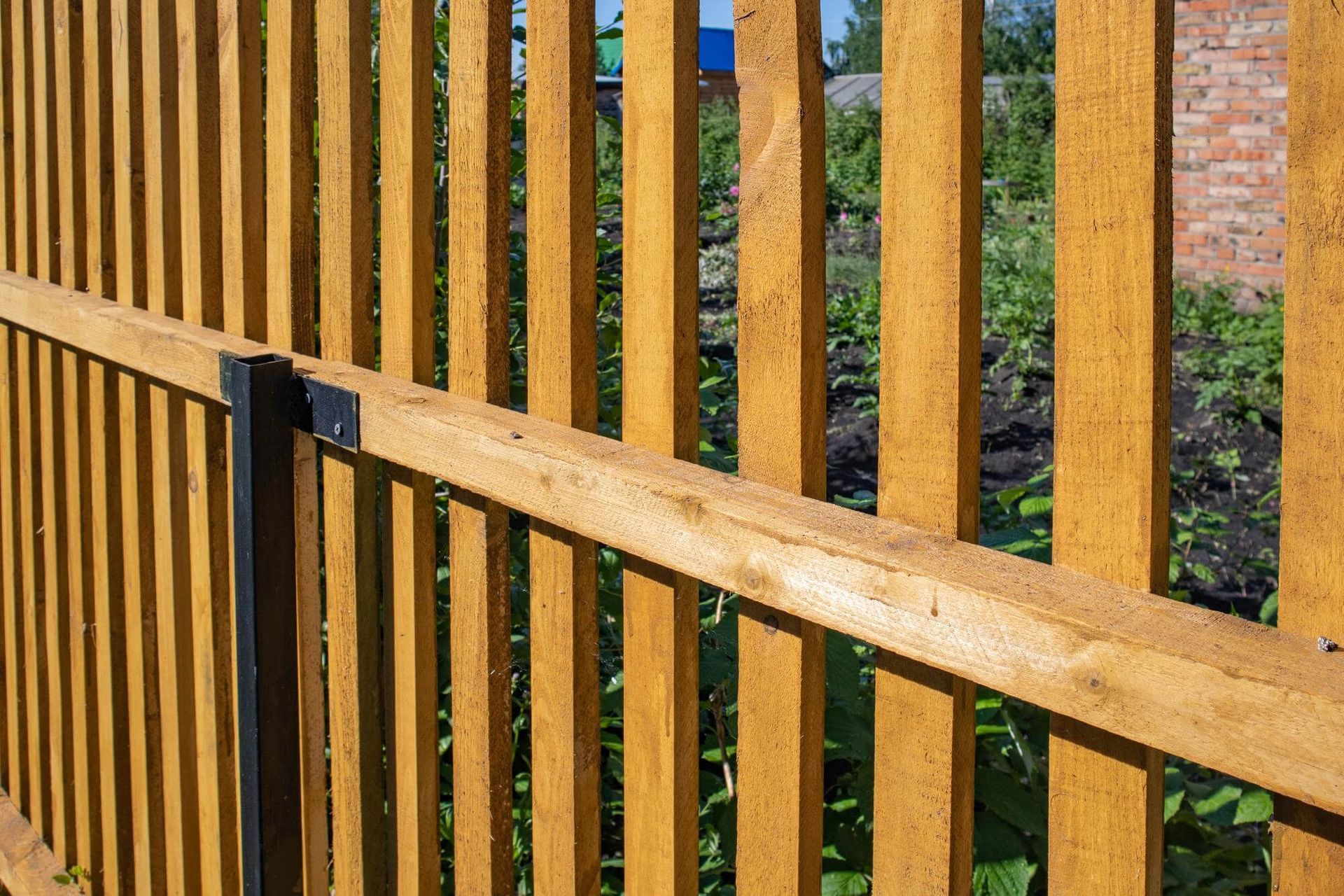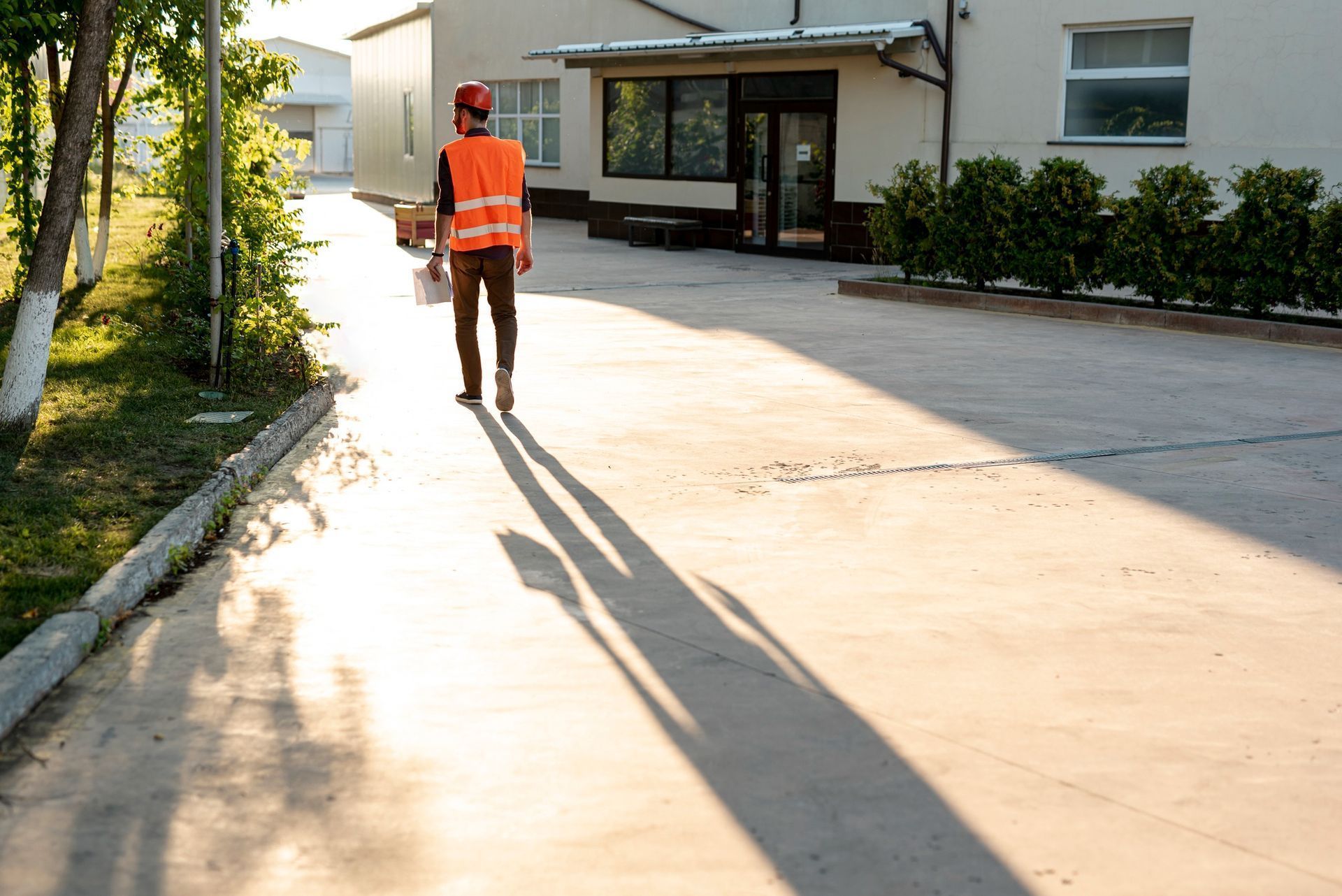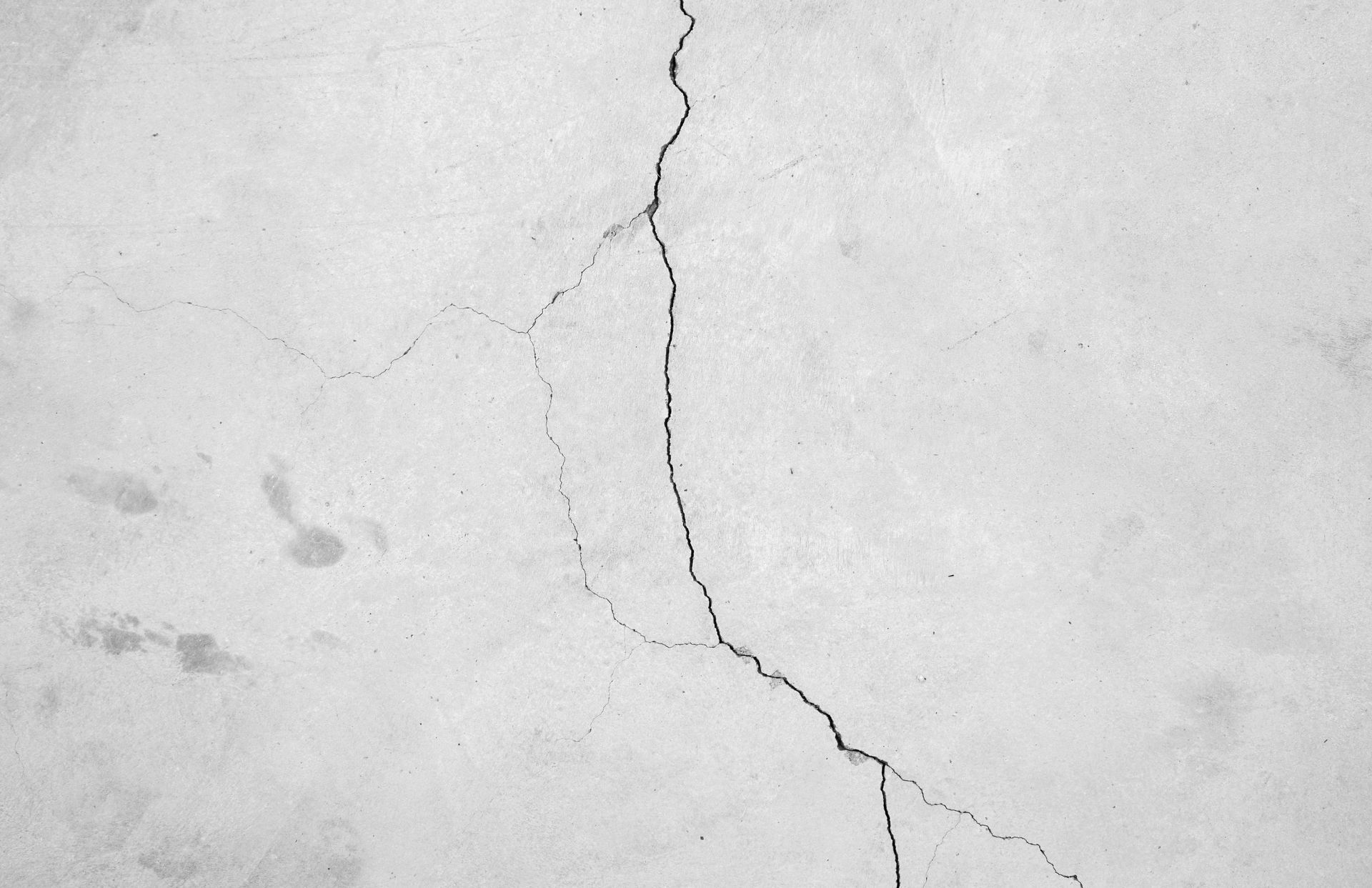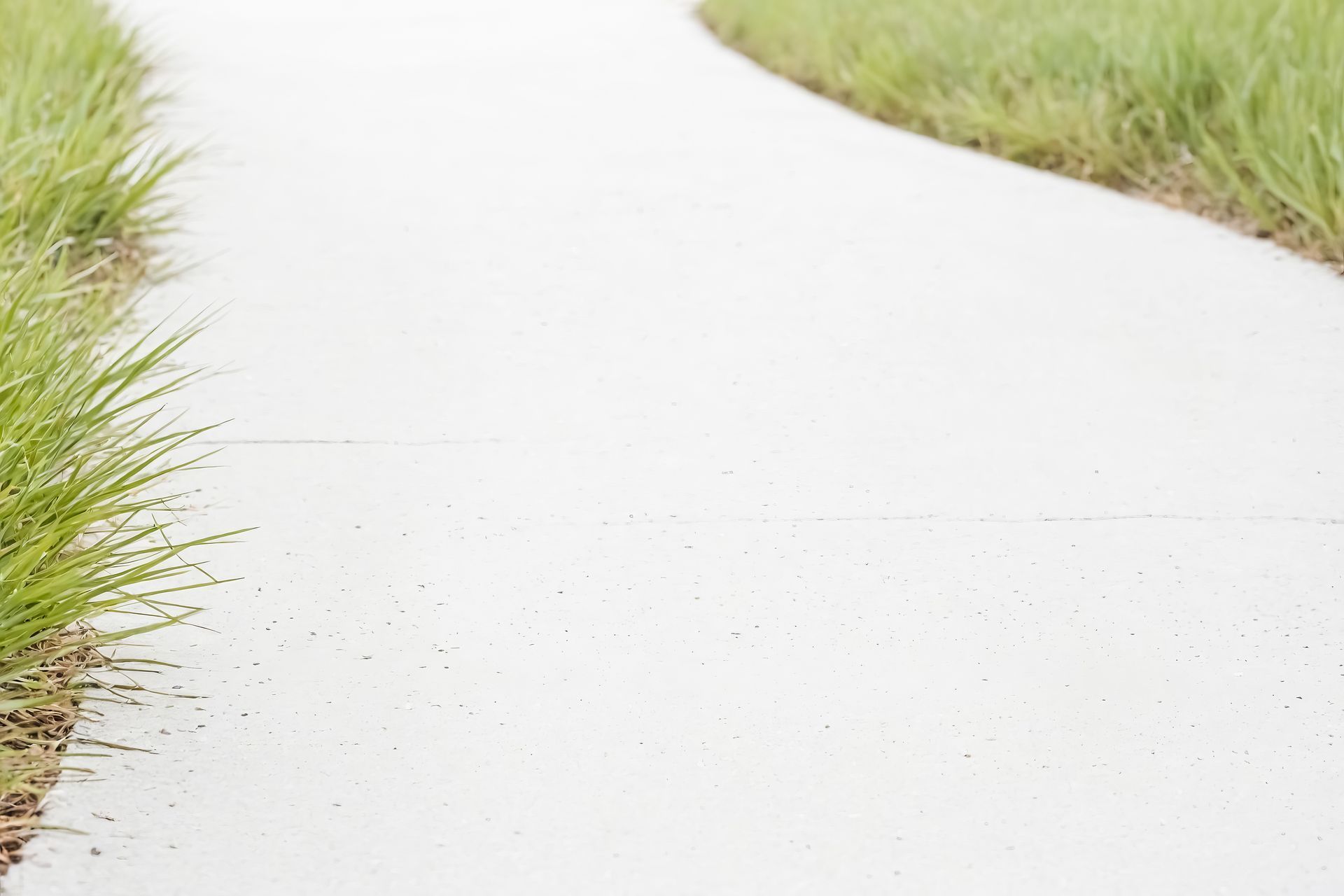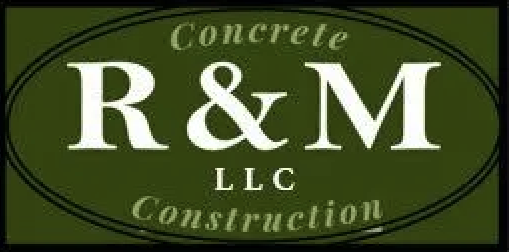Tips from Expert Concrete Contractors: How to Avoid Common Mistakes in Concrete Work
Concrete plays a vital role in construction projects, providing long-lasting durability and strength to a wide range of structures including buildings, roads, and bridges. Nevertheless, despite its apparent simplicity, working with this material necessitates a thorough understanding and the use of proper techniques to achieve a favorable result. Making errors in concrete work can result in expensive repairs and create potential safety risks. At
R&M Concrete, we have encountered numerous instances where individuals attempted concrete projects on their own, only to encounter various issues and complications. In this post, we will share valuable tips on how to avoid common mistakes in concrete work.
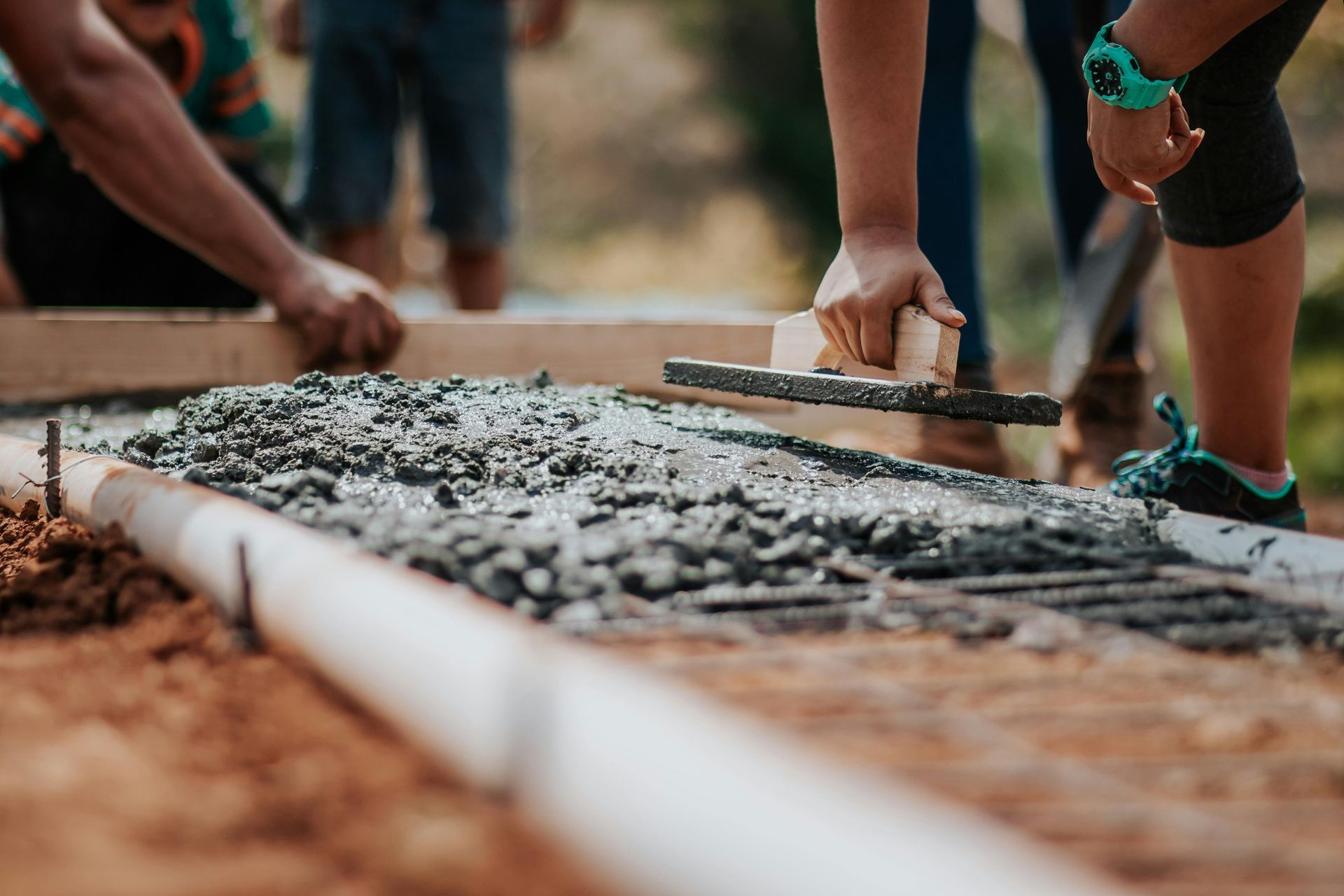
Getting a Grasp on Concrete Fundamentals
Before we explore the tips, it's important to have a solid grasp of the fundamentals of concrete. Concrete is composed of sand, gravel, water, and cement, creating a paste that binds all the components together. The mixture solidifies and tightly holds the aggregates (sand and gravel) together. To ensure top-notch concrete, it's crucial to have the perfect balance of ingredients, mix them correctly, and give them sufficient time to cure.
The Significance of Grasping the Basics: Gaining Insight into Concrete for Achieving Successful Projects
Proper site preparation is an essential step in any concrete project. Ignoring this aspect can result in significant errors and result in a concrete structure that is weak and unstable. Here are some helpful suggestions for getting your site ready before pouring concrete:
- It is important to thoroughly examine the site for any hidden utilities, such as gas or electric lines, that may be buried underground. Make sure to mark them to prevent any accidents.
- Make sure to remove any debris, rocks, or plants that might disrupt the concrete. Additionally, the topsoil needs to be removed since it contains organic materials that could potentially compromise the strength of the concrete.
- Ensure the site is level and flat by using a level. By following these steps, you can achieve a uniform distribution of the concrete material and avoid any potential issues such as cracks or uneven surfaces.
- Make sure to install edge forms to contain the poured concrete. This will provide it with a sleek and refined appearance.
Establishing a Strong Base for Success: Advice for Effective Site Preparation in Concrete Projects
The mixing process plays a crucial role in determining the quality of concrete. Ensuring a strong and durable final product requires achieving the right consistency and eliminating any air bubbles.
- Ensure that you maintain the proper balance of ingredients. Having an excessive or insufficient amount of any substance can compromise the strength of the concrete.
- It is important to use a high-quality cement mixer in order to achieve a consistent mix. Mixing by hand may lead to an uneven distribution, which can result in weak spots in the concrete.
- Make sure to use clean and fresh water for best results. Impure water has the potential to compromise the strength of the concrete and hinder its bonding capabilities.
- Ensure that the concrete is mixed thoroughly and eliminate any trapped air by gently tapping the sides of the container or employing a vibrating tool.
Achieving the Ideal Blend: Mastering the Art of Concrete Mixing for Your Project
Mastering the pouring and leveling process can be quite challenging, especially when it comes to larger projects. Here are some helpful suggestions for achieving a seamless and consistent pour:
- It is advisable to pour the concrete in layers instead of all at once. By implementing these strategies, you can effectively manage the flow and ensure a smooth and consistent experience.
- When pouring the concrete, make sure to use a screed to ensure a level surface. A screed is a handy tool that comes in a long and flat shape, perfect for effortlessly spreading and smoothing concrete.
- Smooth out the surface using a bull float to eliminate any imperfections or trapped air.
- To achieve a sleek and refined appearance, utilize a float or trowel to perfect the surface.
Perfecting the Craft of Pouring and Leveling: Methods for an Impeccable Concrete Finish
Properly curing concrete is essential for maximizing its strength and durability. This process involves ensuring that the concrete remains adequately moist and at the appropriate temperature to facilitate its hardening and achieve its maximum strength.
- To ensure that water doesn't evaporate too quickly, it's important to cover the concrete with a damp cloth or plastic sheet. This will ensure that the concrete cures properly by maintaining the correct temperature.
- It is important to refrain from walking or putting any pressure on the concrete while it is curing. Cracks may develop as a result.
- It is recommended to allow concrete to cure for 28 days. Be cautious about subjecting it to high levels of traffic or severe weather conditions during this time.
Achieving Long-Lasting Concrete: Essential Guidelines for Effective Curing
After discussing the essential measures to avoid errors in concrete work, let's now focus on some typical mistakes made by DIYers or inexperienced contractors, along with tips on how to steer clear of them:
- Using an inappropriate type of concrete for the particular project. Various projects call for specific types of concrete, as using the incorrect type can lead to structures that are weak and unstable.
- Excessive water added to the mixture. This can potentially weaken the concrete and impact its ability to bond.
- Ignoring weather conditions. Fluctuations in temperature and humidity have a direct impact on the curing process and overall quality of the concrete.
- Failing to adequately compact the concrete. These issues can arise, causing cracks and uneven surfaces.
- Insufficient time given for the concrete to properly cure. Hastening this procedure may lead to concrete that is fragile and prone to breakage.
Conclusion
Do you have a project in mind? Avoid the potential for expensive errors by refraining from attempting it independently. Get in touch with our team at R&M Concrete for top-notch concrete contractor services in Olympia, WA, Shelton, WA, Yelm, WA, Rainier, WA, Centralia, WA, Tenino, WA, and the nearby areas. We have extensive experience in various concrete projects, such as driveways, patios, and walkways. Allow us to assist you in accomplishing a long-lasting and prosperous concrete project. Contact us today at (360) 515-0529.
FAQ
When is the optimal time to pour concrete?
It is ideal to pour concrete during the warmer months when the temperature consistently stays above 50 degrees Fahrenheit. By following these steps, you can ensure that the curing process is done correctly and avoid any potential issues such as freezing or cracking.
The duration for concrete to cure varies.
It is recommended to allow concrete to cure for a period of 28 days. On the other hand, it may take around 24-48 hours for the concrete to fully solidify and become suitable for walking.
Is it possible to pour concrete over an existing surface?
Indeed, it is possible to pour concrete over an existing surface, provided that it is in satisfactory condition and adequately prepared. Prior to pouring the new layer of concrete, it is crucial to thoroughly clean and level the existing surface.
Is it possible to incorporate color into concrete?
Indeed, concrete offers a wide range of coloring options to choose from. These include integral color, dry shake, and acid stain. It is highly recommended to seek guidance from a professional concrete contractor in order to determine the most suitable approach for your project.
What is the estimated duration for a concrete project?
The duration required to finish a concrete project can vary based on several factors, including the project's size and complexity, weather conditions, and curing time. For the most accurate timeline for your specific project, it's recommended to seek guidance from a professional.

